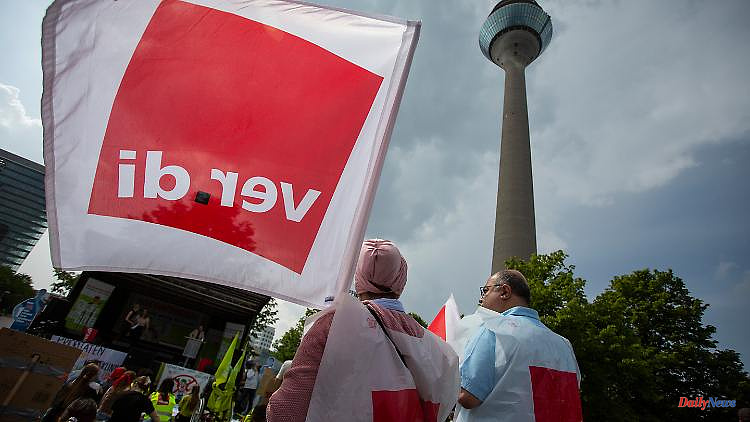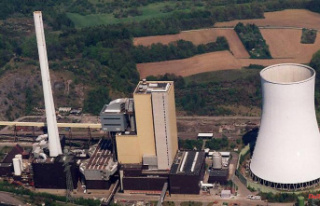According to a study, the agreed tariff increases do not compensate for the rise in inflation. Employees are threatened with a drop in real wages this year. Ironically, a number of classic low-wage industries counteracts.
The Economic and Social Sciences Institute of the Hans Böckler Foundation, which is close to the trade unions, criticizes the appeals to the trade unions for moderation in the current wage negotiations. Instead of a wage-price spiral, many employees were threatened with significant real wage losses for the second year in a row. According to calculations by the institute, the previously agreed wages for 2022 will increase by an average of 2.9 percent in nominal terms. Taking the inflation rate into account, negotiated wages will fall by 3.6 percent in real terms.
The calculations are based on the collective agreements concluded in the first half of 2022 and the collective wage increases already agreed for 2022 in previous years. "After the negotiated wages increased relatively significantly in real terms in the 2010s, in 2022 many employees are threatened with real wage losses for the second year in a row," said Thorsten Schulten, head of the WSI collective bargaining archive. "A sober look at the tariff data shows that the much-cited wage-price spiral is a mirage.
On the contrary, there is a risk that real wage losses will further weaken private demand and thus further damage economic development." According to the institute's calculations, the wage agreements for 2022 agreed before this year provide for wage increases of only 2.5 percent. However, in view of the in the course of the Ukraine war, a trend towards higher wage increases can also be seen in the wage agreements reached in the first half of 2022.
According to the WSI, however, they lag behind the current price development by an average of 4.5 percent. Nevertheless, there are also some collective bargaining sectors in which, contrary to the trend, not only are price developments balanced out, but real wage increases can also be observed. According to the WSI, this includes a number of classic low-wage sectors such as the hotel and catering industry, the building cleaning trade or temporary work.
"These collective bargaining sectors are reacting to the growing shortage of workers and skilled workers with exceptionally high wage increases. At the same time, they are using the increase in the statutory minimum wage to EUR 12 decided by the federal government to rebuild the collective bargaining wage structures above this," said Schulten. "Contrary to some criticism from the employers' associations, the minimum wage is proving to be an important instrument for strengthening collective bargaining relations."
Overall, the collective wage agreements to date point to losses in real wages. However, the WSI emphasized that the 2022 collective bargaining round will be completed in the second half of the year by a series of further collective bargaining negotiations that could still shift the collective bargaining balance for the year.












